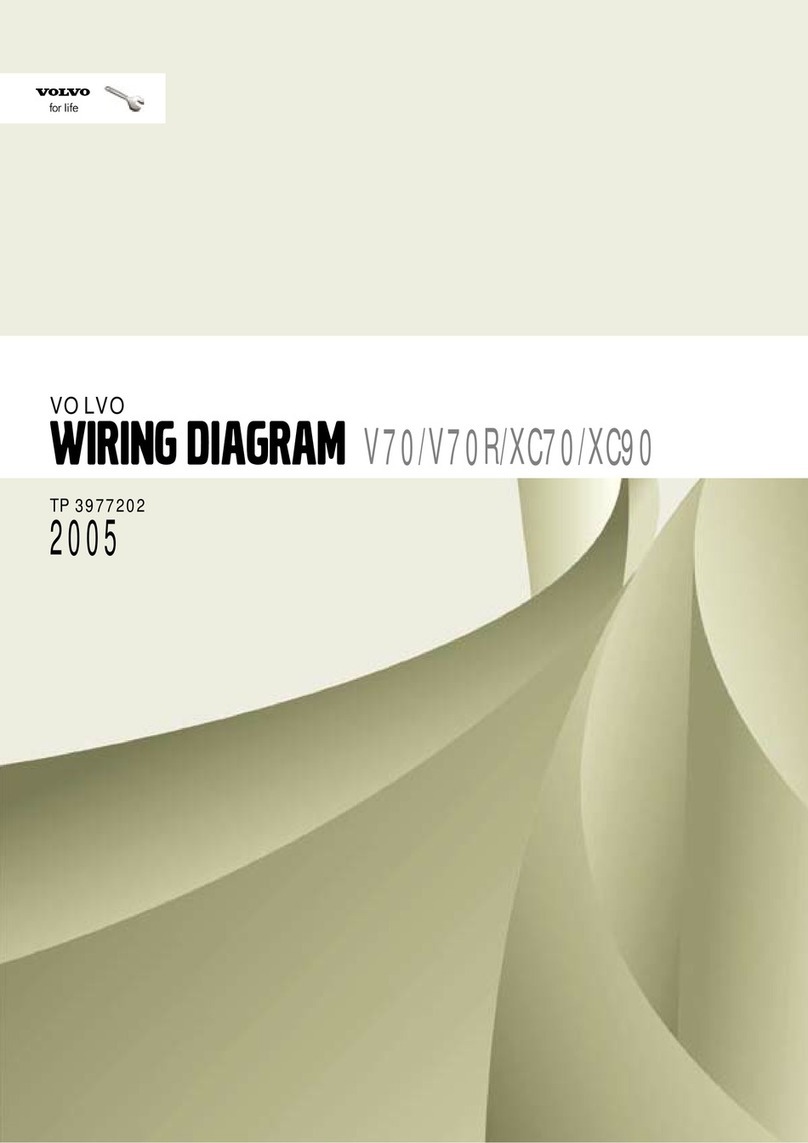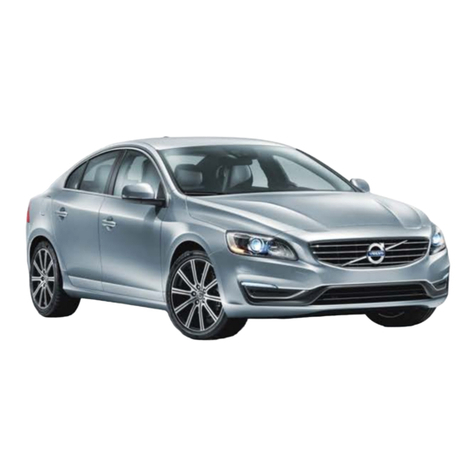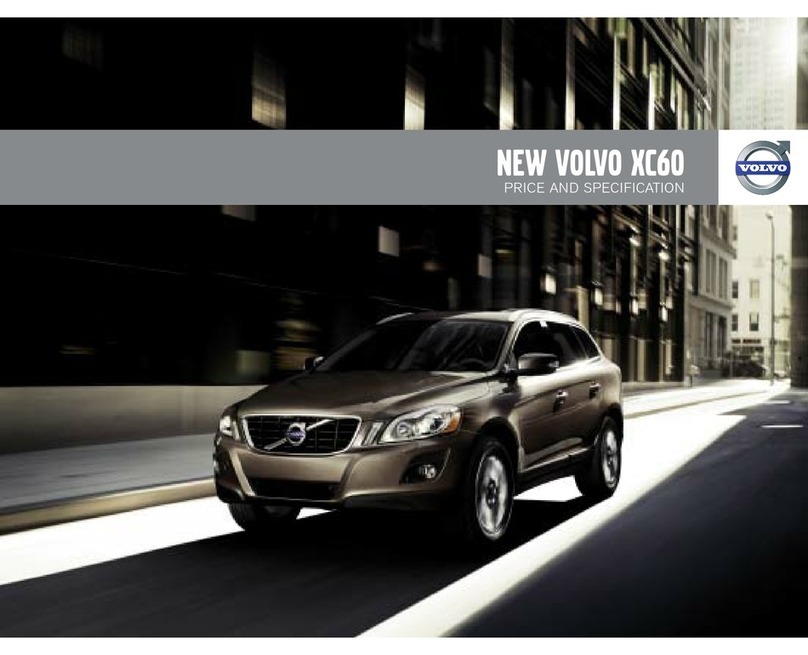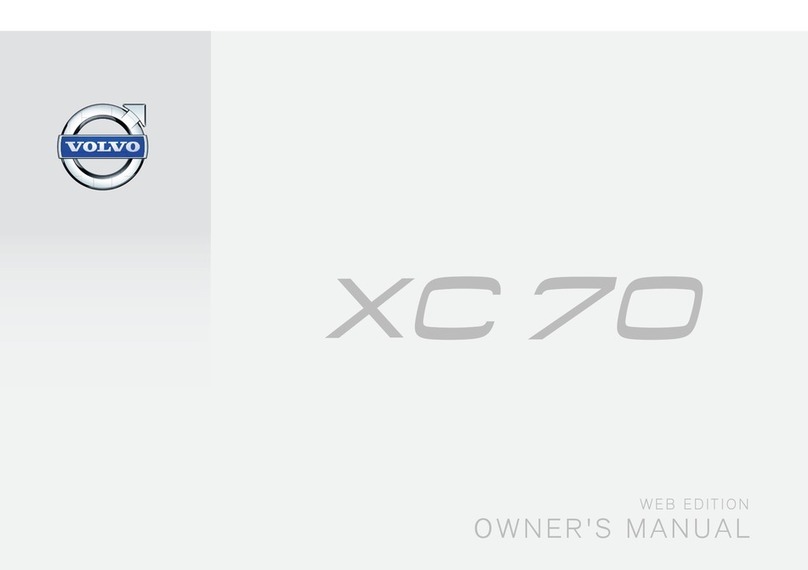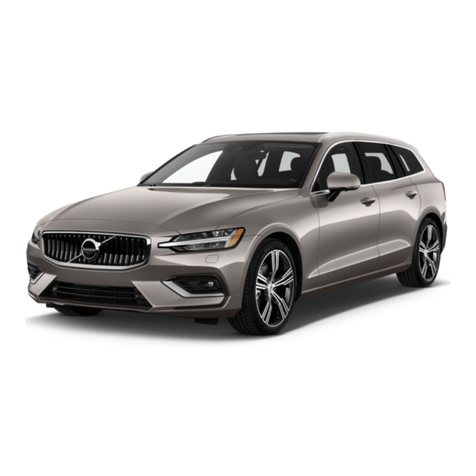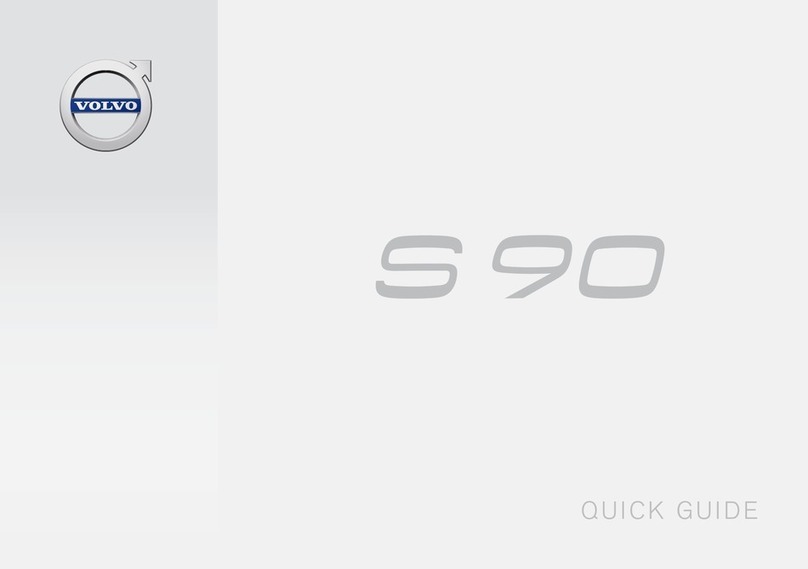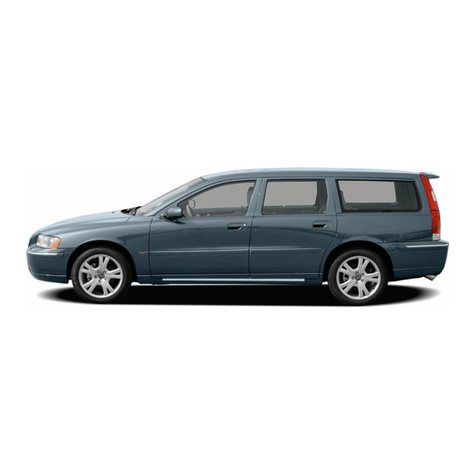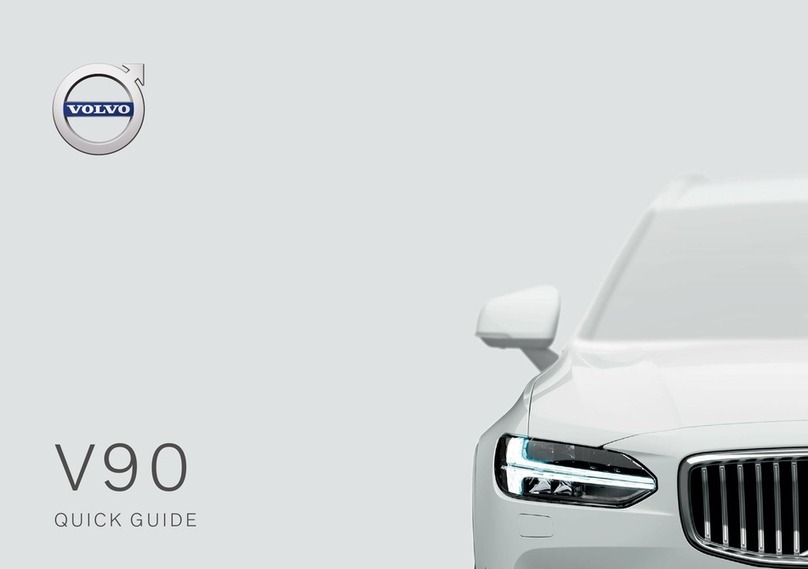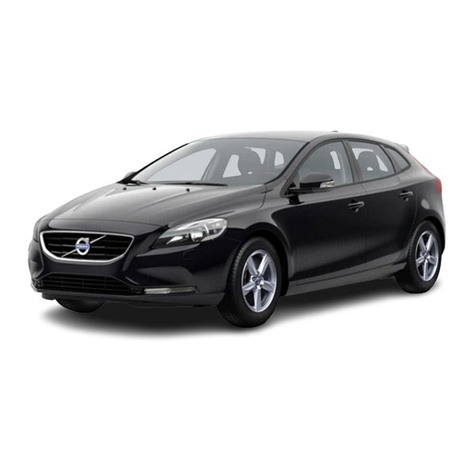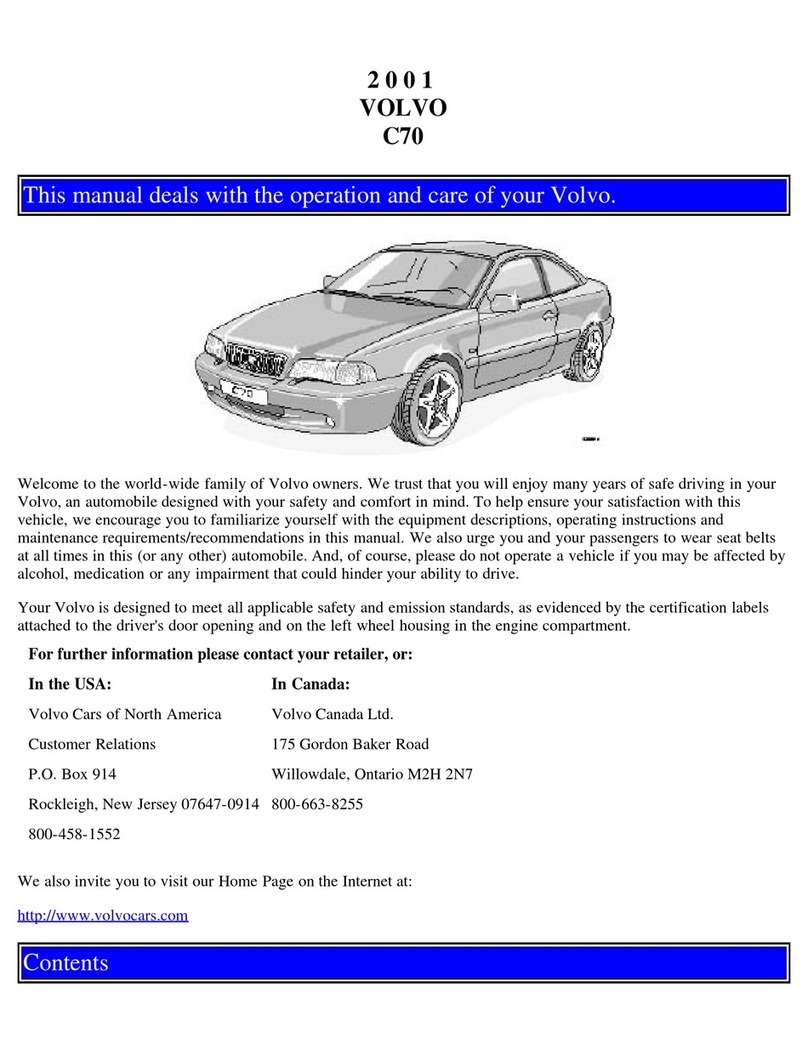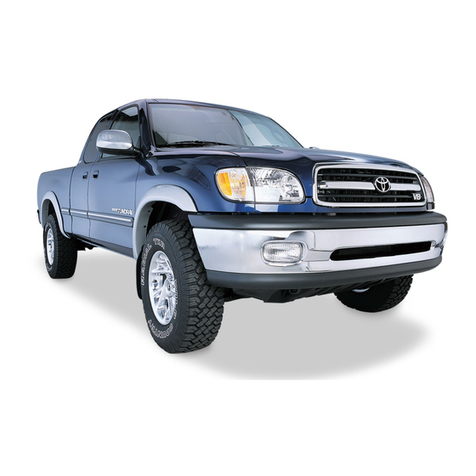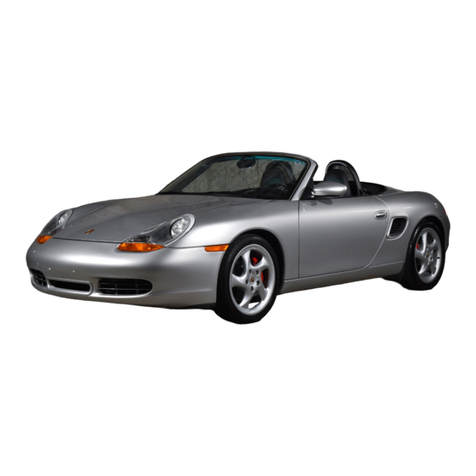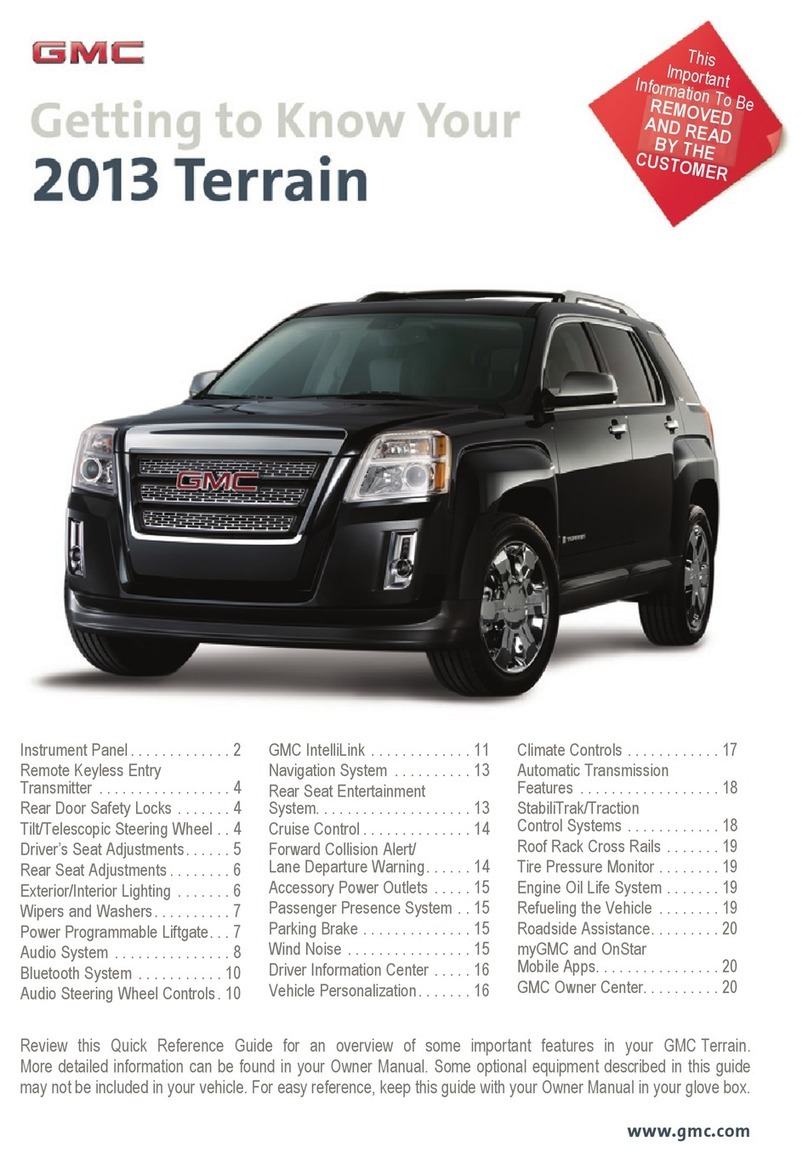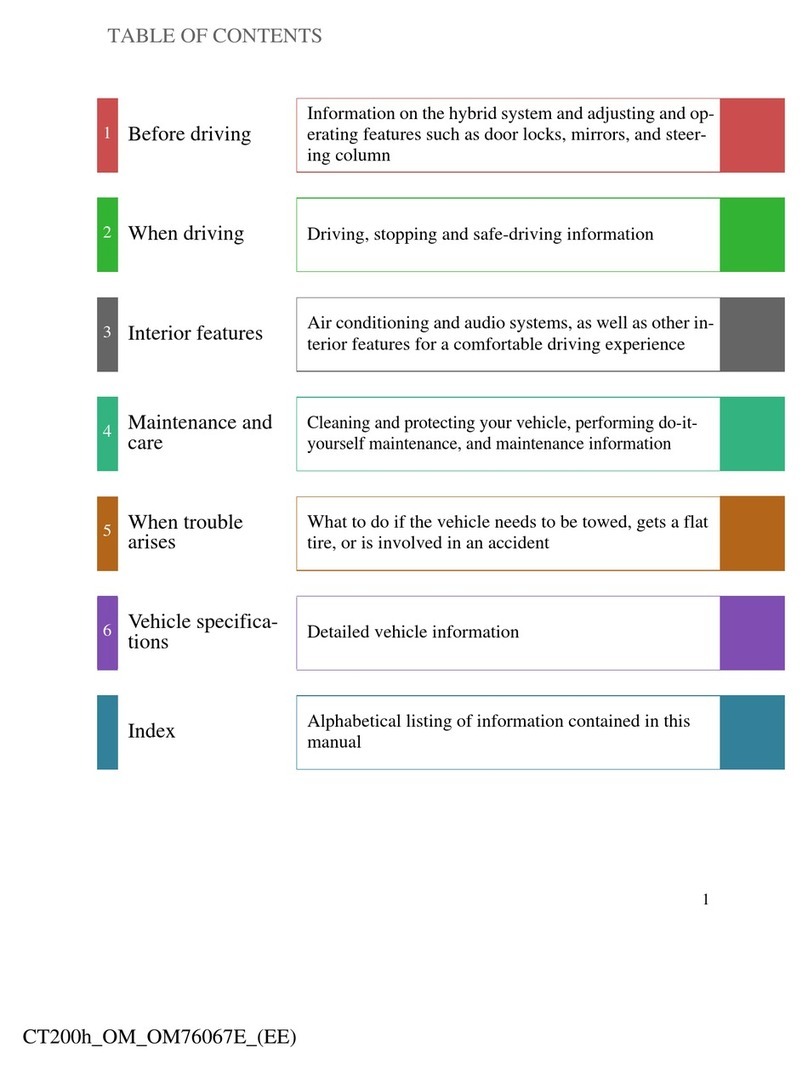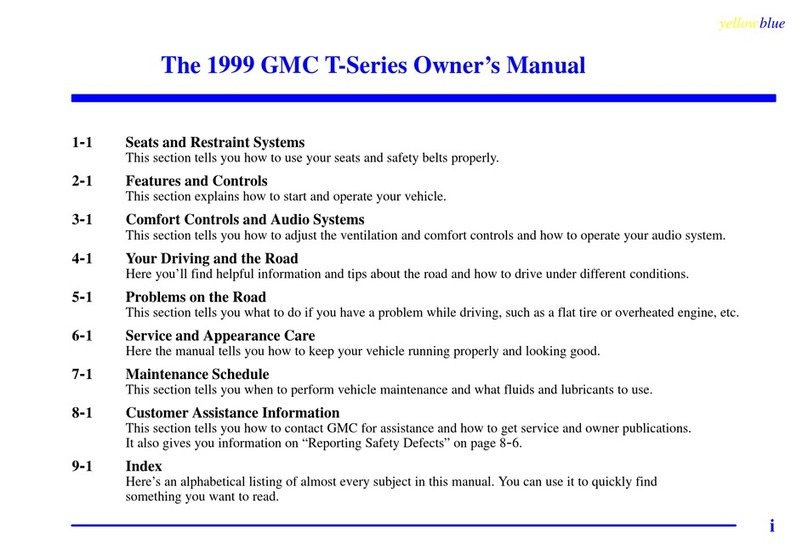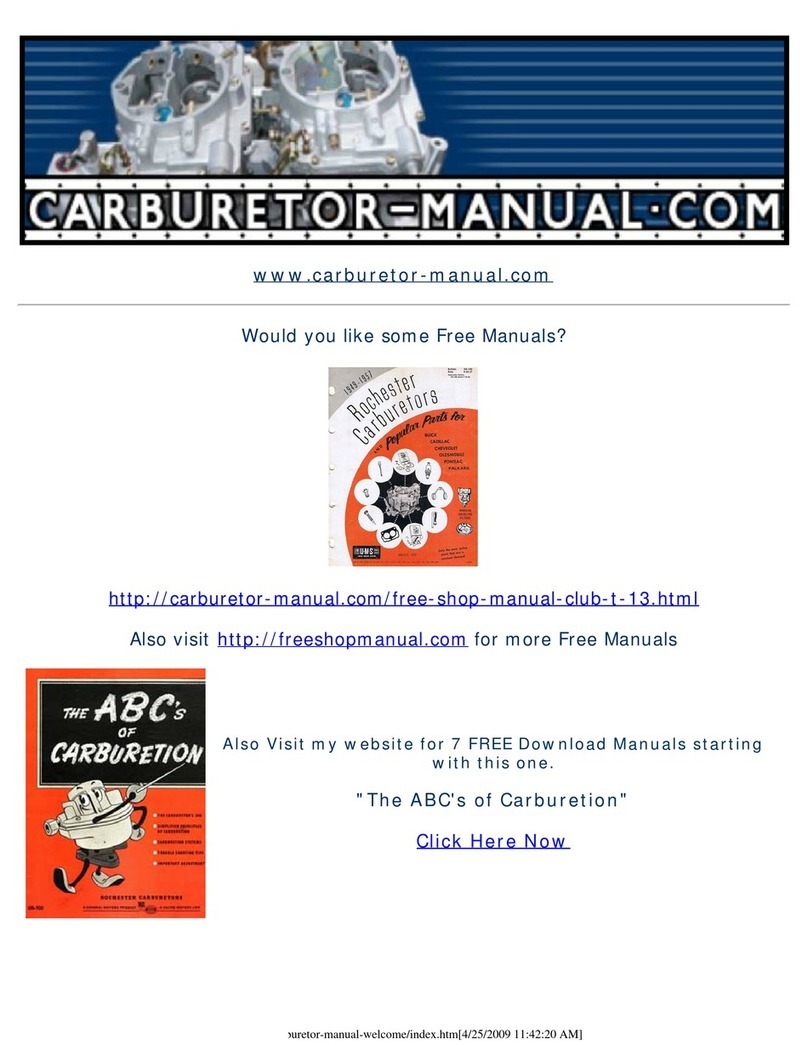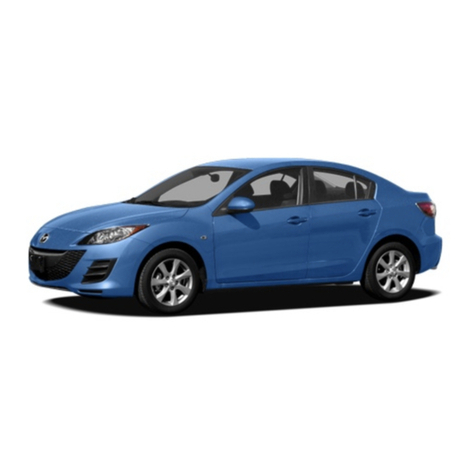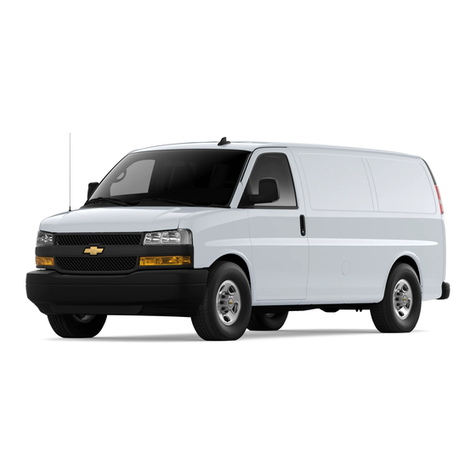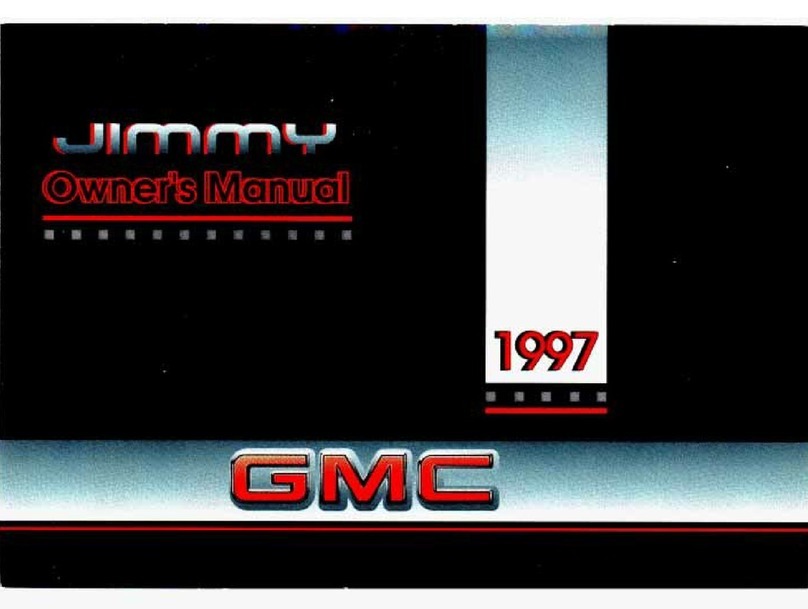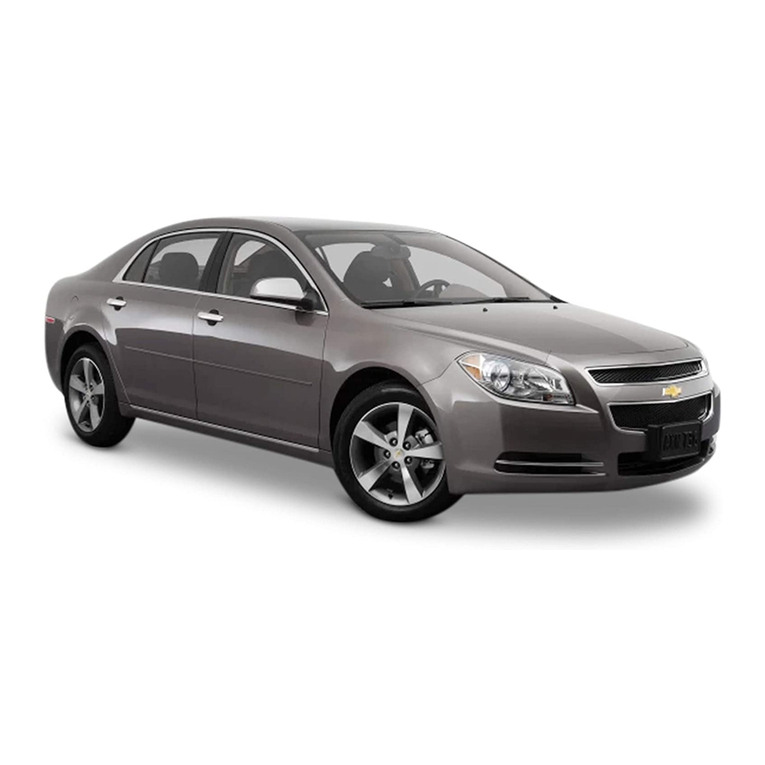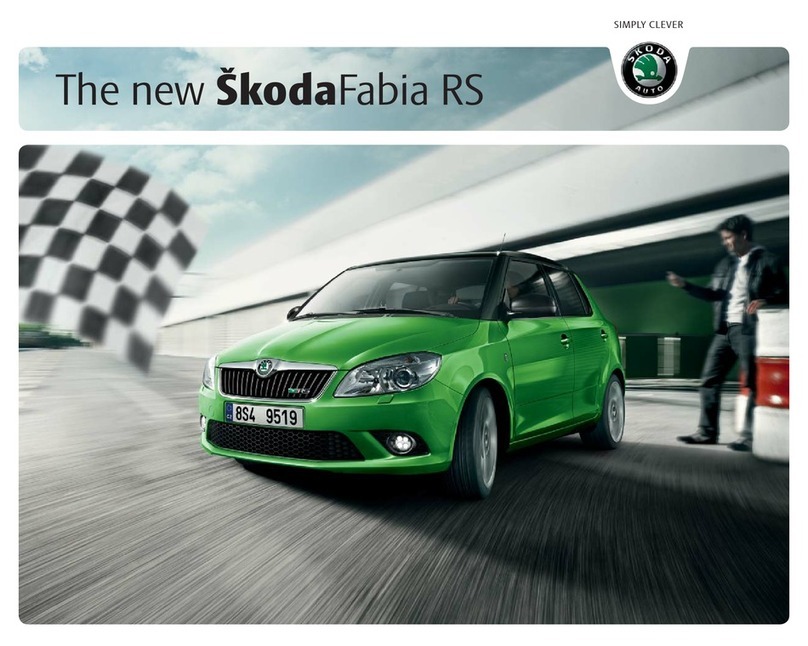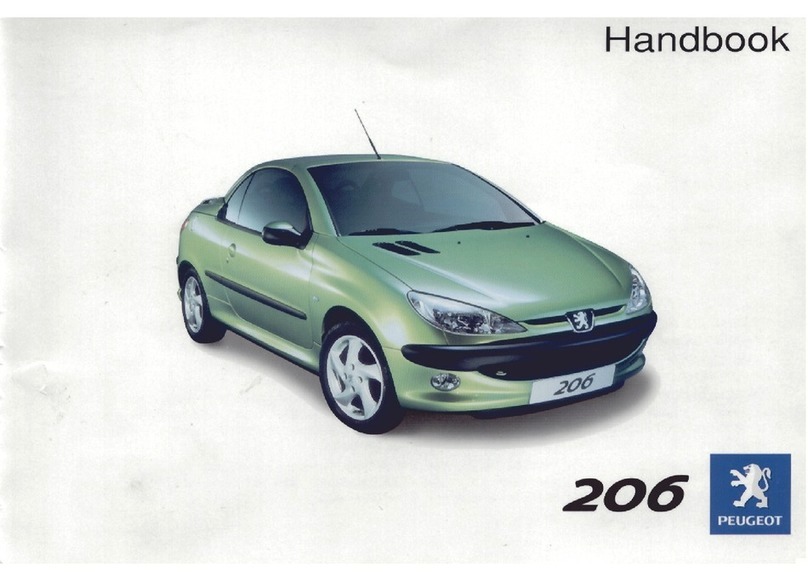1998 Volvo SV70 Page 2of 6
.../PageContent.asp?PageID=1041&U={A308DBD7-11E2-6E5B-32ED-82405EEBA5B1}&V={CAB0F6D6-415D-C205-E1E4-41F3DD1CF3F0}&T=3&C=230,229,233,239,225,799,825,409,10 12/30/02
The airbag system includes gas generators (1) surrounded by the airbags (2) and front seat belt tensioners for both of the front seats (4). To deploy the system, the sensor (3) activates the gas generators causing the
airbags to be inflated withnitrogen gas. As the movement of the seat's occupants compresses the airbags, some of the gas is expelled at a controlled rate to provide better cushioning. Both seat belt tensioners also
deploy, minimizing any seat belt slack.
The entire process, including inflation and deflation of the airbags, takes approximately two-tenths of a second.
A self-diagnostic system incorporated in the sensor monitors the SRS. This system does not, however, monitor the SIPS airbags. If a fault is detected, the "SRS" warning light will illuminate. The light is included in the
warning/indicator light cluster in the instrument panel. Normally, the SRS warning lamp should light up when the ignition is switched on and should go out after 10 seconds or when the engine is started. Check that this
light is functioning properly every time the car is start ed.
The following items are monitored by all the self-diagnostic system:
• Sensor unit
• Cable harness
• Gas generator ignitors
WARNING! When installing any optional equipment, make sure that the SRS system is not damaged. Do not attempt to service any component of the SRS yourself. Attempting to do so may result in serious personal
injury. If a problem arises, take your car tothe nearest authorized Volvo retailer for inspection as soon as possible.
pg. 5 Volvo SRS (cont.)
WARNING!
Never drive an SRS equipped car with your hands on the steering wheel pad/airbag housing.
No objects, accessory equipment or stickers may be placed on, attached to or installed near the SRS cover in the center of the steering wheel, the SRS cover above the glove compartment or the area affected by the

